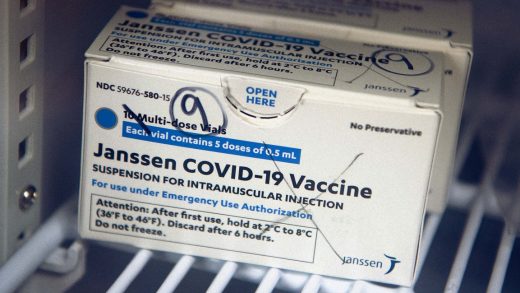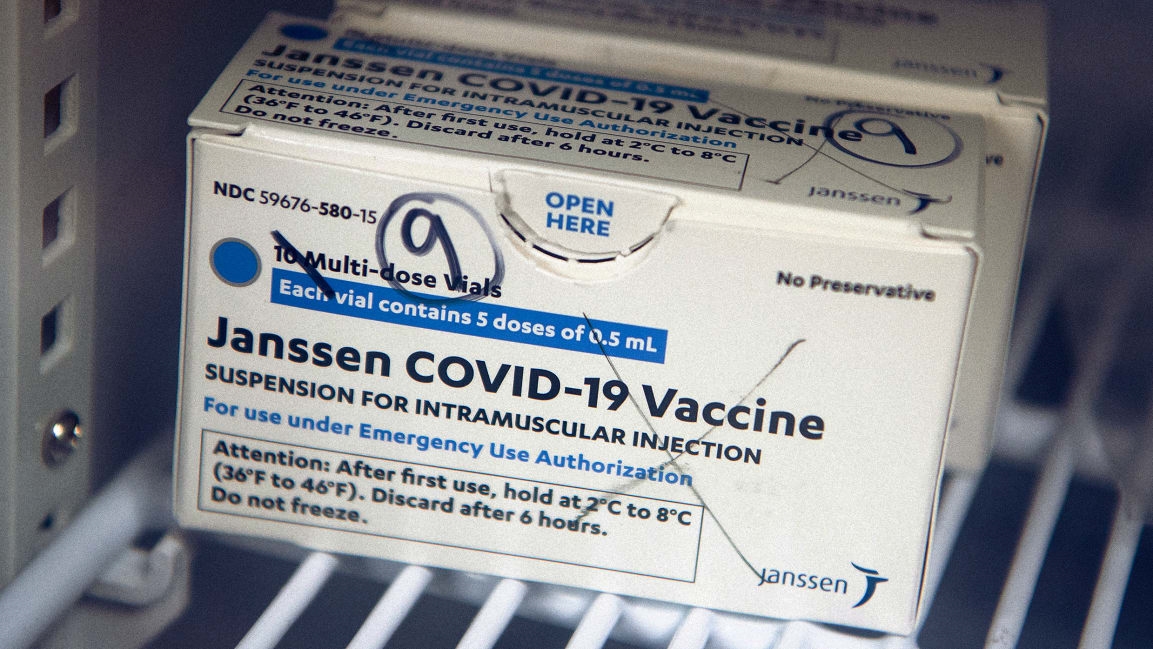What to know if you just got the Johnson & Johnson vaccine
If you just received the vaccine, the first thing to understand is that the risk of blood clots seems to be extraordinarily low. Out of more than 6.8 million people who received the Johnson & Johnson vaccine in the U.S. so far, only six later experienced cerebral venous sinus thrombosis, blood clots that form in the veins that drain from the brain. “This is literally a one in a million type of event,” says Gigi Gronvall, senior scholar at the Center for Health Security at the Johns Hopkins Bloomberg School of Public Health. “It appears to be super, super, super rare.”
It’s not clear yet that the cases were linked to the vaccine, though rare cases of a similar condition also occurred in a small number of people who got the AstraZeneca vaccine, which hasn’t yet been approved for use in the U.S. Both the Johnson & Johnson and AstraZeneca vaccines use a harmless virus that tricks cells into producing the COVID-19 spike protein so that the body can later better fight off the actual virus, though the two vaccines are biologically different.
Officials will now study the cases of the people who have been affected after taking the J&J vaccine. All were women between the ages of 18 and 48; how many of the 6.8 million total people who received the shot are in this demographic is unclear. It’s possible that there may be a commonality between them, and that people could potentially be tested before receiving the vaccine to screen out those who are at more risk. But little is known so far about why it might be happening.
“It’s definitely going to need some more investigation and a lot of data gathering to try and figure out if this is something that has to do with the class of vaccines, or potential other interactions,” Gronvall says. “People should take whatever comfort they have to know that this is the way the system is supposed to work—we are investigating any potential side effects and we’ll make a determination if it’s something that people need to be worried about. This is not something that’s political. It’s led by the available medical and scientific data.” The pause is likely to last only for days, an FDA official said today. That’s still a major setback for the vaccine rollout at a critical time.
Federal officials also want to take time to educate doctors about how to treat this type of blood clot, which is different than the blood clots that sometimes occur if people are stuck sitting on a plane for hours. The normal treatment involves a blood thinner called heparin, but in this case, heparin could actually make things worse. It’s not clear what steps, if any, people who received the vaccine might be able to take in advance to help avoid an adverse reaction.
If you got the J&J vaccine within three weeks, the CDC recommends contacting your doctor if you experience symptoms such as severe headache, abdominal or leg pain, and shortness of breath. (Any potential side effects can also be reported through a CDC tool called v-safe that tracks reactions to the COVID-19 vaccines.) But it’s incredibly unlikely that it will happen—and you’re now far more protected from COVID-19, which is still infecting tens of thousands of Americans a day. “The data of the efficacy of the vaccine is really awesome,” Gronvall says. “So you should feel very confident that what you got is going to really help protect you against COVID. And we’re all living with the risks of that.”
(17)



